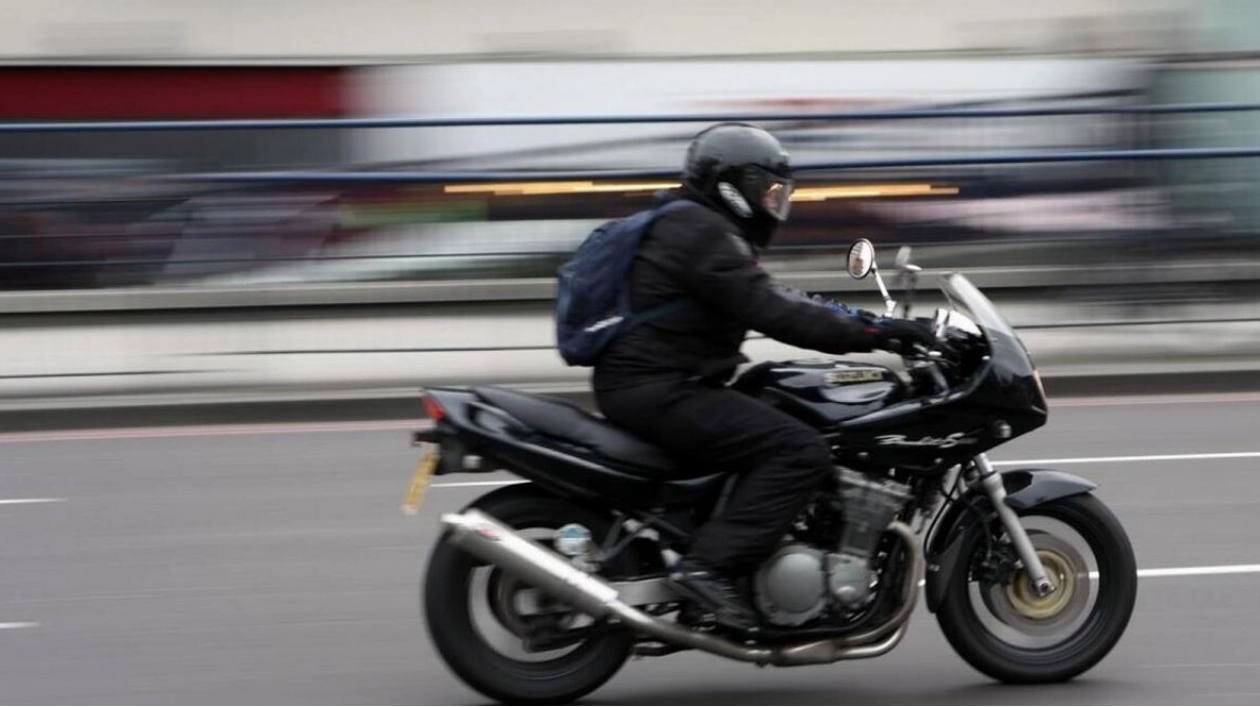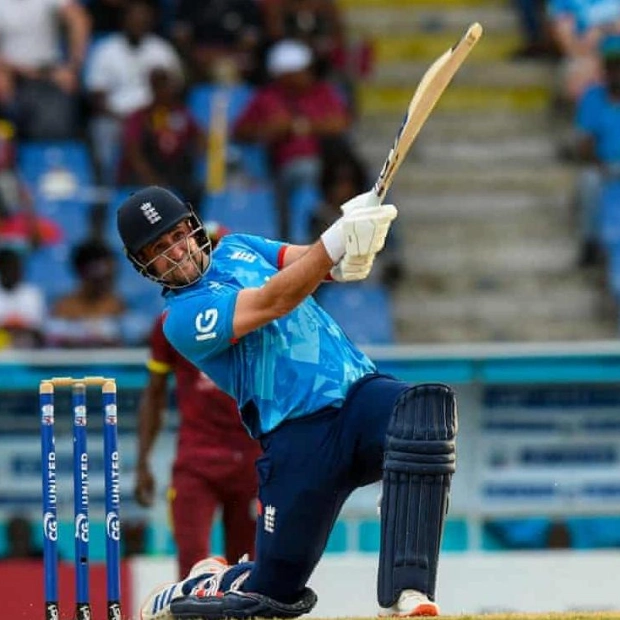Witnessing motorcyclists dart through congested traffic and speed past immobilized cars might spark curiosity: How exhilarating would it be to navigate Dubai's expressways, flanked by either the cityscape or the desert's undulating terrain? If you're inclined to pursue this, securing a license is your initial step. Prior to contemplating the purchase of your ideal motorcycle, obtaining a motorcycle rider's license is crucial. The procedure mirrors that of acquiring a driver's license; the expenses for classes and fees are comparable. Yet, there are additional eligibility criteria and requirements to consider. Applicants must be at least 17 years old, and young women under 21 years old, if trained by a male instructor, might need a no-objection certificate from their sponsors. Required documents include a valid Emirates ID, a copy of your passport and residence visa, an eye test report, and a learner's permit from the Roads and Transport Authority, which can be facilitated by your driving school. If you possess a valid motorcycle license from another country, you may be eligible for reduced class hours, contingent on specific conditions. Those with a driver visa must present a medical fitness report from RTA-approved centers. Additional documents might be needed for specific categories like diplomats, people of determination, and residents of other emirates.
All driving institutes within the emirate provide motorcycle rider classes, with options including Emirates Driving Institute, Belhasa Driving Centre, Al Ahli Driving Centre, Dubai Driving Centre, Galadari Motor Driving Centre, Drive Dubai, and Excellence Driving. The curriculum and RTA exams for motorcyclists are analogous, featuring theoretical lessons and practical training. Novices typically require 20 hours of on-site classes, though those with foreign licenses might have their hours curtailed. Practical sessions mandate safety shoes and long-sleeved shirts. Motorcycle courses encompass all safety protocols and fundamental skills, ranging from high-speed turns and navigating winding roads to managing sharp turns at traffic signals, riding on narrow streets, and maneuvering out of parking zones in reverse. Riders' proficiency is evaluated through a series of assessments. The initial test for aspiring motorcycle riders is the theoretical exam, covering traffic rules, safe freeway riding, route planning, and emergency procedures. Following the theory exam, practical training commences. The subsequent assessment is the RTA yard/internal test, usually held within the driving school's premises. Unlike the smart yard test for vehicle drivers focusing primarily on parking skills, this test evaluates motorcycle riders' turning and curve navigation abilities, along with slow riding and emergency brake exercises. Upon passing this internal test, learners proceed to the next stage. Some driving schools offer additional practical training post-RTA yard test, while others conduct road skill assessments and may require supplementary classes if needed. The final RTA requirement is the on-road test, which, if passed, leads to the issuance of the license.






